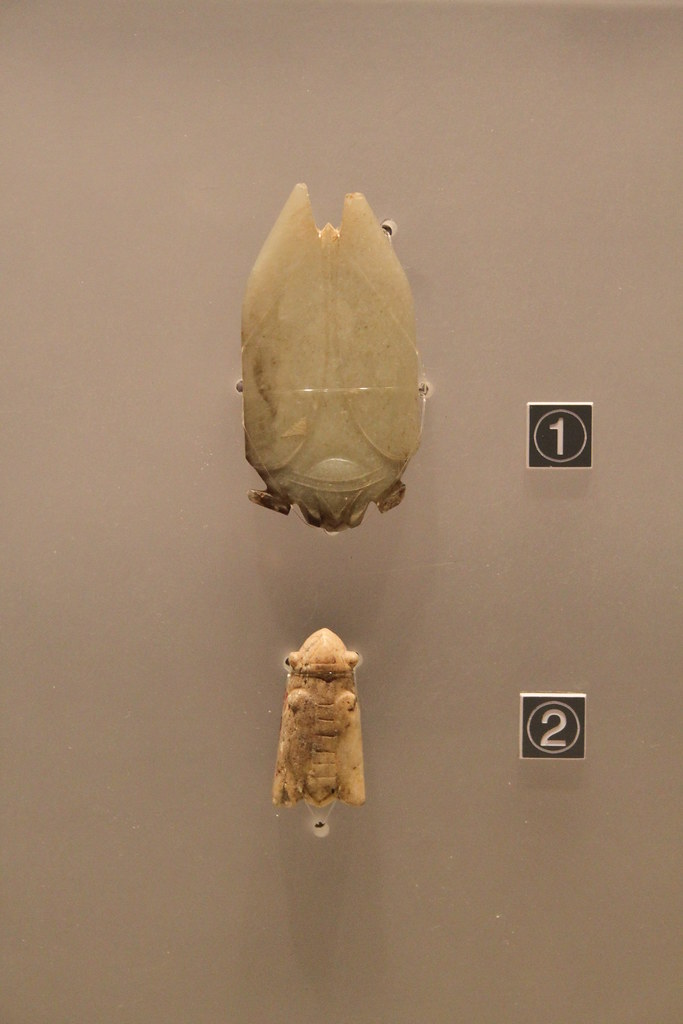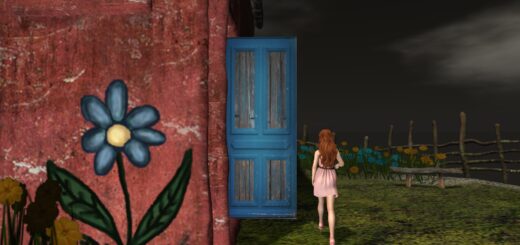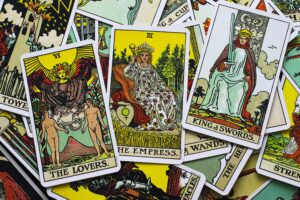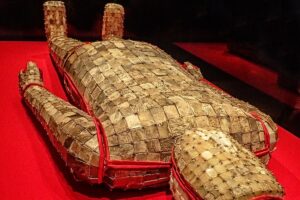What Ancient Chinese History Tells Us About Jade and Burials
In 1968, archaeologists in Hebei, China uncovered the jade burial suits of Liu Sheng (d. 113 BC), King Jing of Zhongshan state and Queen Dou Wan (d. ca. 118-104 BCE).
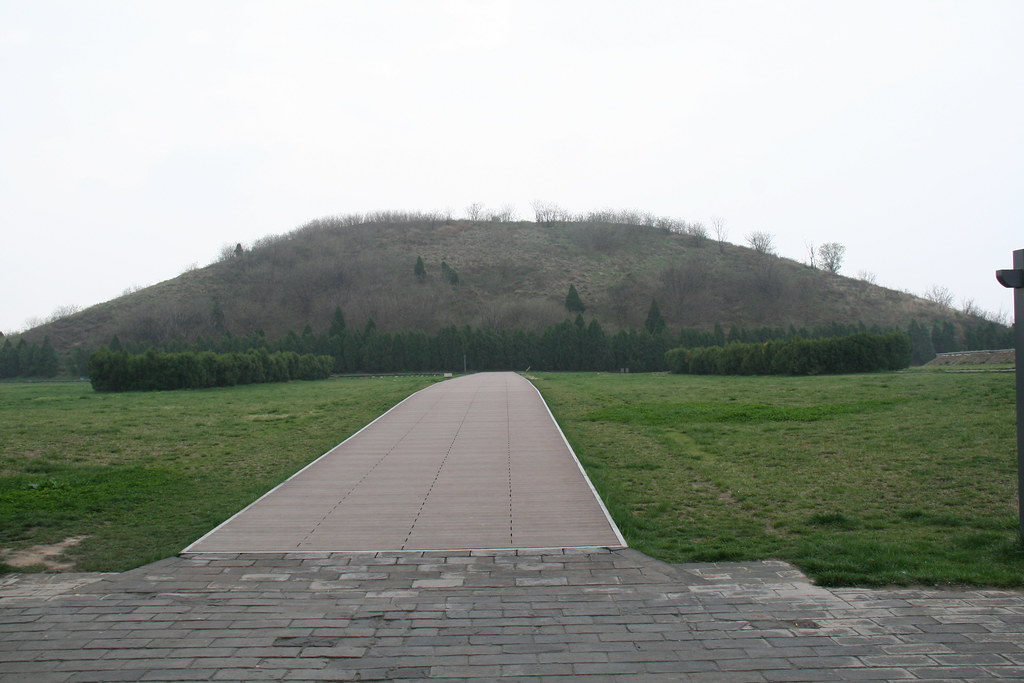
As the jade pieces were reassembled, a pattern emerged – there were jade pieces which formed a cuff. Each polished piece that had holes and wire. They found the mythical jade burial suits mentioned by the ancient historian Sima Qian of the Han Dynasty (202 BCE – 220 CE).
Among the discoveries were the burial suits of Emperor Wen (179-157 BC) and Emperor Jing (156-141 BC). The jade suits were made of square polished jade pieces that were threaded with different metals.
Gold thread was used for the emperor. Royals and high-ranking officials wore silver threaded suits. The children of royals and officials had copper threads and lower-ranked nobles work silk threaded jade suits.
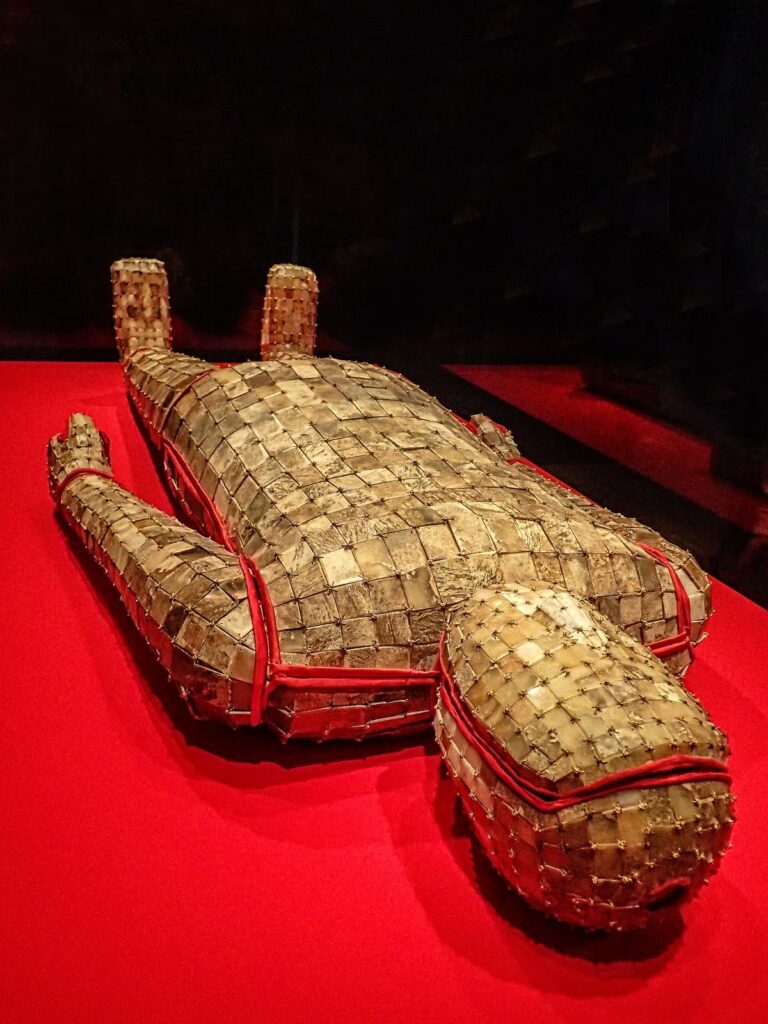
The Power of Jade in Ancient China
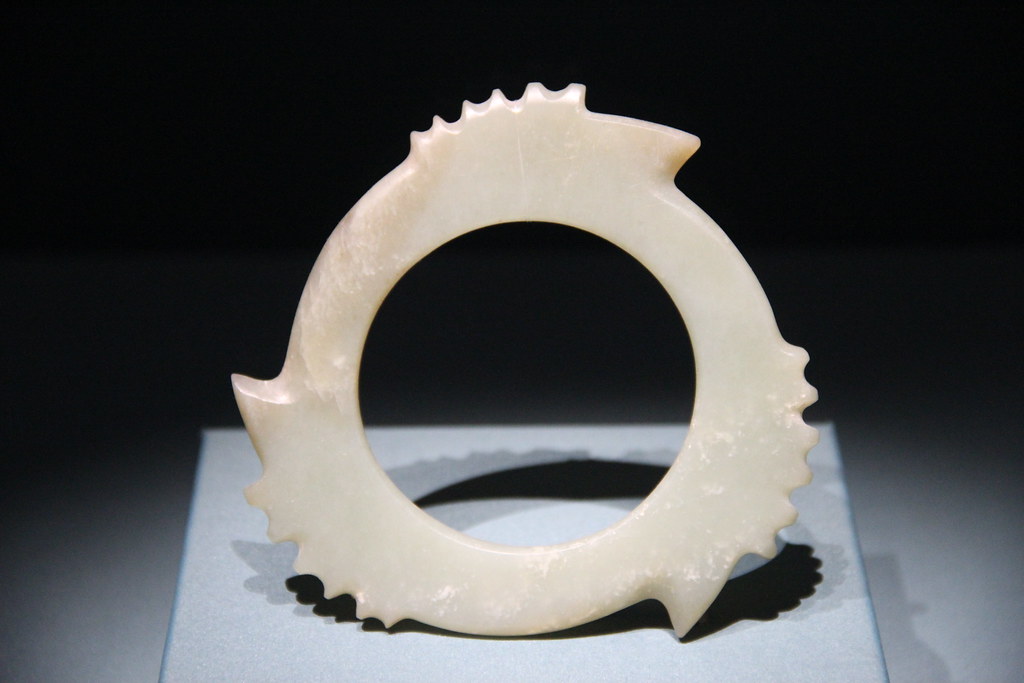
Xinglongwa Culture
In China, jade has represented power, status, and hierarchy. As early as 8,000 years ago, the Xinglongwa Culture (ca. 6200-5400 BC) prized jade. Tombs held jade pendants, jade cicadas, and jade tabular beads.
Ancient Chinese placed small jade objects in the mouth of the deceased. They attributed jade with supernatural powers and believed placing jade in the mouth kept the corpse intact for eternity.
Over the next thousands of years, jade became used as a tool to assure rule over the next world with divine powers.
Liangzhu Culture
Jade burials were popular with the Liangzhu Culture (ca. 3300-2300) among the elite. Tombs of this era were populated lavishly with jade discs and square-shaped jade tubes. These shapes reflected their ancient cosmology that “the sky is round, and the earth is square”. They believed there were spheres above and the earth like a chess board.
The ancient Chinese assigned different meanings to each color of jade. Gray jade discs were used to worship heaven and yellow jade tubes were to worship earth.
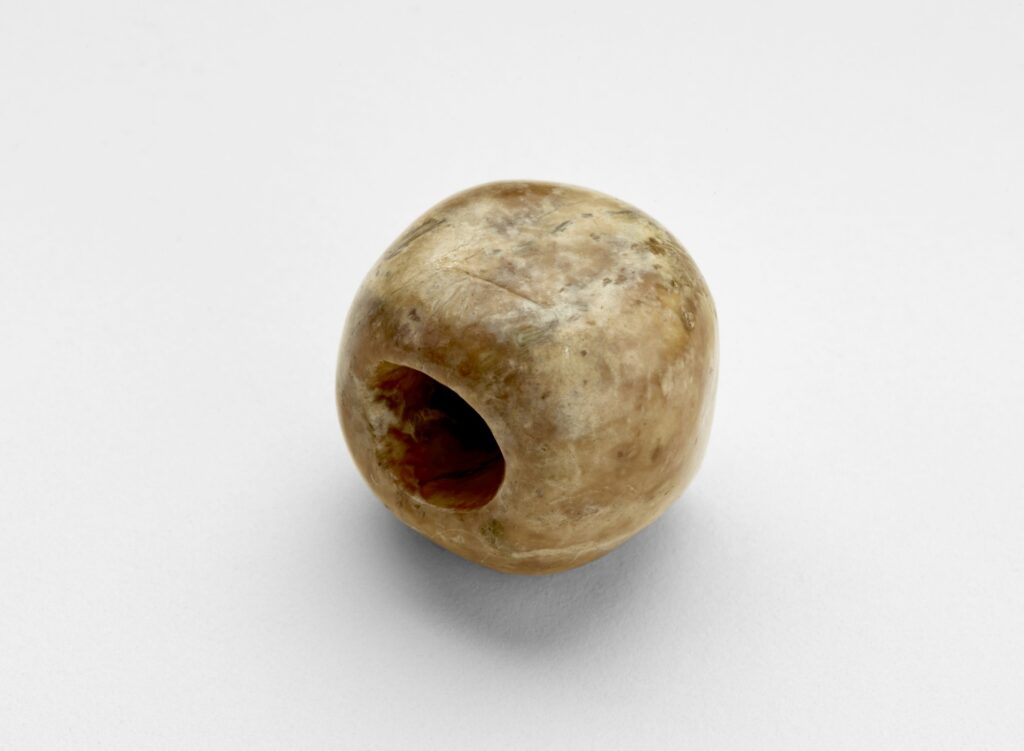
Western Zhou Period
Jade burial practice further evolved during the Western Zhou period (ca. 1050-771 BC). To protect the body from decaying, a face cover was fashioned from jade and silk. The jade pieces shaped like eyebrows, eyes, mouth, nose, and ears were sewn onto silk and placed over the face. Jade pieces were also sewn onto clothing of the deceased.
Han Dynasty
The Han Dynasty (206 BC-220 AD) use of burial jade began with head covers, gloves, and shoes were fashioned to protect the deceased. They also placed yuhan, small jade cicadas in the mouth of the deceased. The Han thought the life cycle of cicadas was unique. The cicada’s emergence from the ground to shed their skin was seen as a process of cycling between life and death.
The Han later developed a full jade armor suit that encased the body. These suits were made of jade and may have taken 10 years to create.
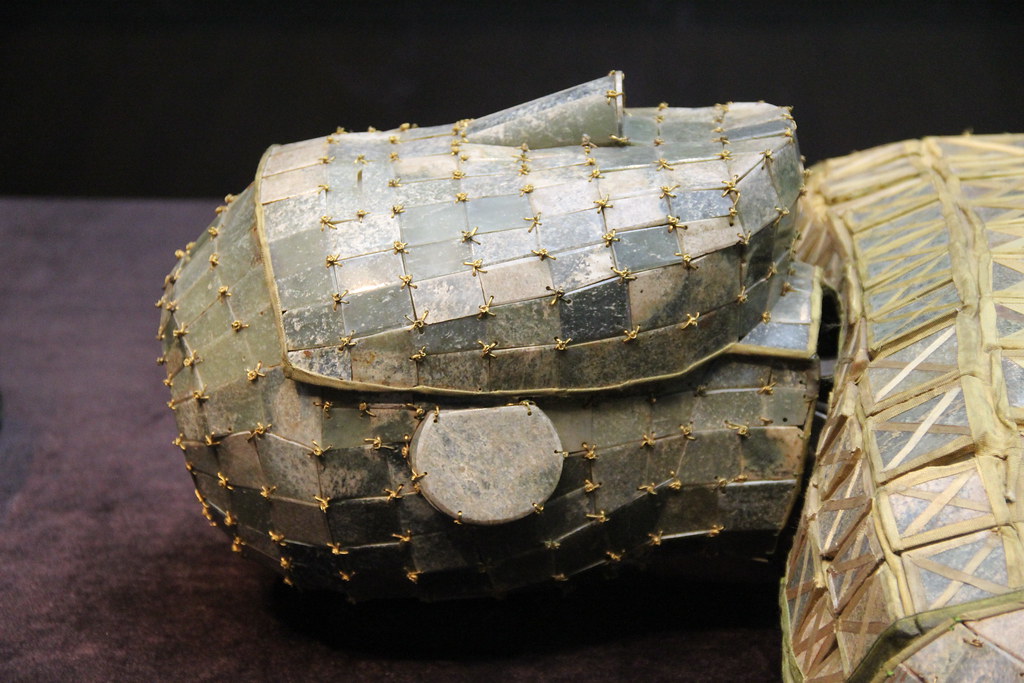
The burial ensembles of King Jing and Queen Dou Wan revealed three layers of jade. The first layer of jade were nine plugs inserted into orifices to seal the corpses. The second layer were small and large circular jade discs. The third layer was the jade suit.
They believed that jade would protect the body and soul for eternity. The deceased would also achieve immortality.
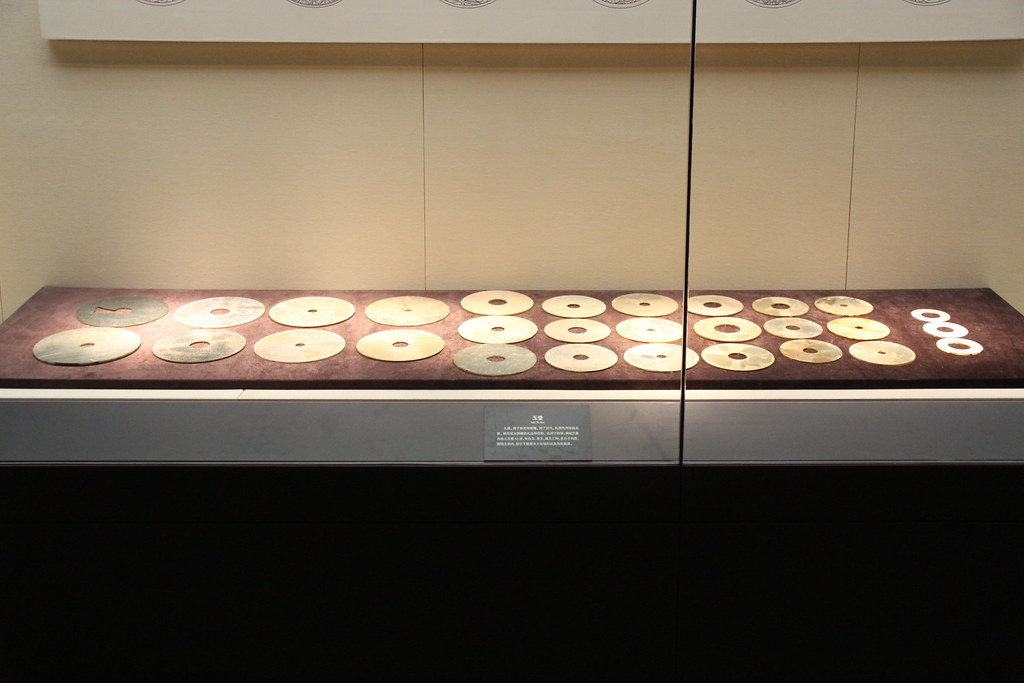
Three Kingdoms
By the Three Kingdoms (220-280 AD) period, jade burial suits were banned. In 222 AD, the first Wei Emperor Wei Wendi (220-6 AD) turned away from the custom of rich burial practices. In doing so, he believed it would prevent tomb robbers from destroying burial sites to retrieve the gold thread.
Present Day
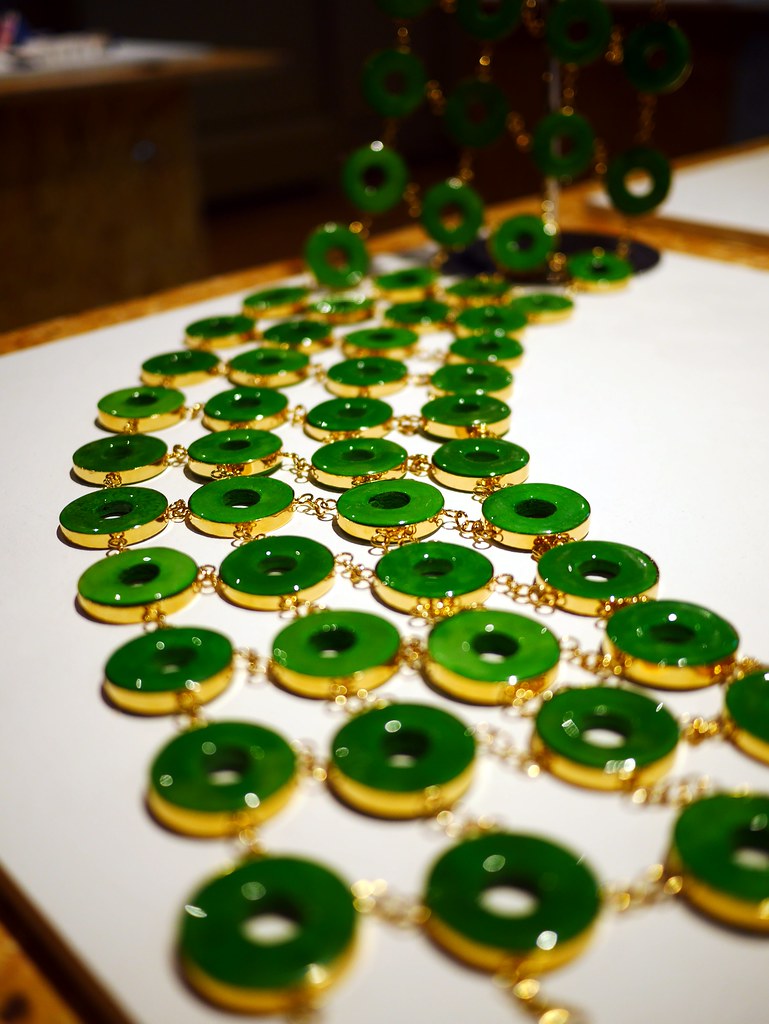
Jade continues to be regarded by the Chinese as noble, beautiful, and elegant. Though the reign of emperors has ended the stone continues to be supernaturally expensive. The Chinese are willing to pay hundreds to hundreds of millions of yuan for a piece of the great beyond.
Jade has a long history of being associated with the Heavens and eternity. With such a rich history and link to past ancestors, it is no wonder that jade continues to be loved.
If you enjoyed this article, please share it with your friends and colleagues!
Check out more articles like this on the Curiouser and Curiouser Blog.
